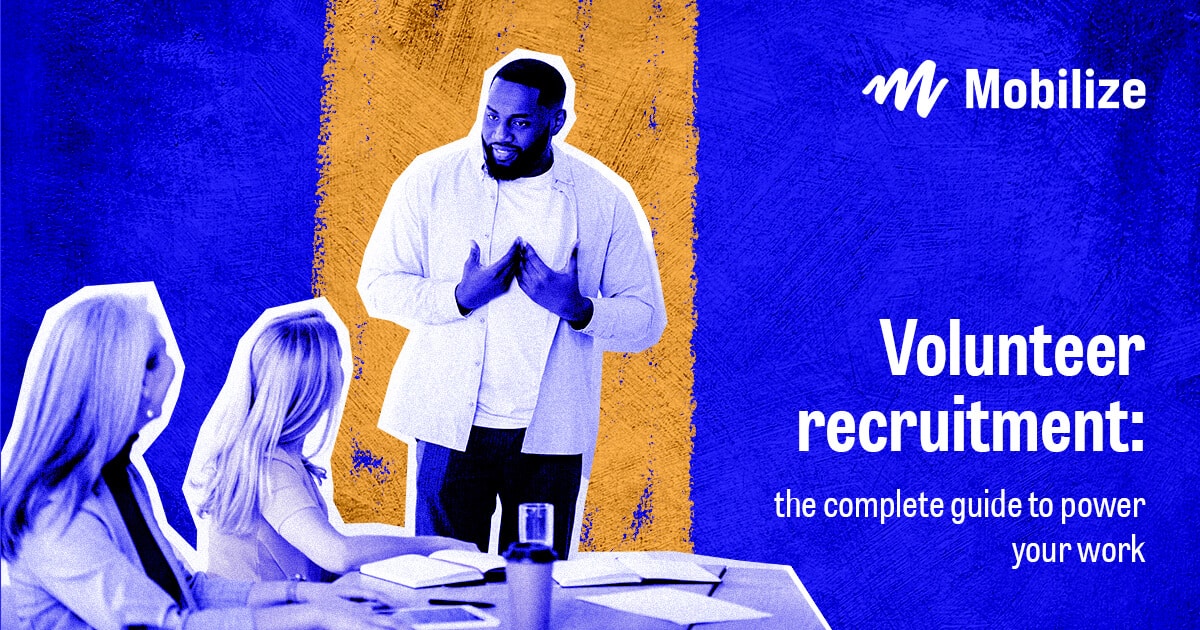

Best Practices
Best Practices
Organizing political volunteers is hard work, requiring leadership & careful planning. Learn our 10 key steps to successful organizing.

Organizing dozens or hundreds(!) of people is incredibly hard work. It requires deft leadership and careful planning. That said, successful organizing generally follows these 10 key steps:
1) Understand the need. It is hard to organize in a vacuum. From an electoral perspective, a given district will have a defined universe of voters and targets. Your group (and you!) will be much more motivated if you are striving to hit a known, substantiated goal. For example: District X is modeled to have 1,200 persuasion targets. If my group could talk to those targets, we’d expect to generate 100+ votes for our candidate. That could make a huge impact on this race.
2) Understand your baseline capacity. The size of your email or Facebook group is a good start to understanding the total potential of your group, but it may be a poor indicator of current potential. How many of us have a list of thousands, but only a handful of folks who show up to events? Check out this turnout worksheet and guide for more.
3) Build community and loyalty. People will do more work when they feel loyalty to the community and its leader(s). In-person interactions are still worth more than digital engagement. How long ago was your last meeting or house party? What did you do to make that event enticing for people? Successful events have accountability to a clear agenda, but give room for social time after the work is done. Just because our mission is important doesn’t mean we can’t have fun!
4) Anchor to purpose. The members of your group (and you) are there for a reason. When was the last time you clearly articulated your story and the reason you’re engaged in this movement? What personally motivates you to lead people for this purpose? When was the last time members of your group answered that question? Do people understand one another’s motivations? Before asking people to do things, make sure to ask them why the outcome is important to them.
5) Develop and multiply leaders. Are there individuals within your group who can take on more? Can you divide your goals among those empowered leaders? For example, if you’re trying to speak to 1,200 voters, you’ll need roughly 170 shifts. Do you have 10 leaders in your group who can each commit to organizing 17 shifts between now and Election Day? The more you can delegate, the better. If people feel ownership and accountability, they will deliver at much higher levels.
6) Make a plan and scale capacity. The bulk of shifts are generally expected to happen in the last weeks of the campaign. That said, you don’t want to wait until the last minute to ask people for their help. Successful campaigns will typically drive high levels of voter contact weeks before the campaigns as a “dry run” for GOTV. Make a plan to build toward your target number—and test your ability to deliver on your goals early! Make sure your group is aware of the plan and the underlying rationale, and work together to meet your goals.
7) Confirm everything. People have the best intentions, but things come up. People show up more when they think they will be missed. Phone calls are better than texts; texts are better than emails; personal is always better than mass.
8) Set expectations appropriately. Voter contact can be hard and scary. Make sure people are trained and ready. Check out these training materials and this grassroots toolkit.
9) Give recognition. Make sure you’re publicly thanking those who are doing outsized work for your group. Who has committed to organize against big goals? Who has shown up week after week? Your group should be aware of these positive examples. If appropriate, you might consider listing these achievements and commitments in some public medium or “leaderboard,” which we can help you build.
10) Re-anchor to purpose. You can’t return frequently enough to mission and purpose. We aren’t contacting voters because it’s fun; we are contacting voters because it’s a demonstration of our values and our community. Make sure you’re constantly putting your group’s work within that larger context.

Best Practices

Best Practices

Best Practices